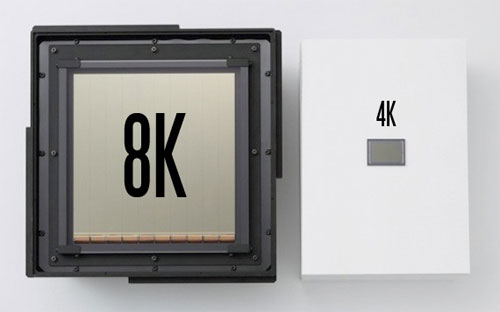4K might be the “next big thing” in TV, but that’s not enough for the European Broadcasting Union (EBU) who has criticised television manufacturers for pursuing higher resolutions at the expense of equally important technologies like audio, colour and dynamic range.

The EBU released a very stern-sounding policy statement this month, saying that the current trend of TV makers only focusing on 4K resolution as far as ultra high-definition (UHD) is concerned could undermine the success of future broadcast services.
Instead of pushing for higher resolution alone, the EBU wants manufacturers to dedicate at least some of their resources towards the development of higher image frame rate (HFR), higher image dynamic range (HDR), wider colour gamut (WCG) and enhanced audio technologies. It even argues for the development of “an enhanced 1080p” to take into account certain 4K parameters like a wider range of colours, extended dynamic range and higher frame rates, without actually embracing higher resolution.
It sounds as if the EBU doesn’t like 4K at all, although that’s not really the case. But it makes a valid point that certain broadband services, including Amazon, Netflix and YouTube are almost ready to achieve some of these parameters, while the broadcast industry lags behind. It cites the example of Dolby Vision, which is able to increase the dynamic range in encoded video. The technology has existed for some time but there are still no guidelines on how to integrate it with new broadcasting technologies.
The organisation also makes the point that Japan seems to be ignoring 4K altogether and speeding headlong towards 8K “Super Hi-Vision”, and wonders how this might affect the rest of the world when it goes operational by the end of the decade.
We’re inclined to think the EBU has made some valid points. For one thing, standard HDTV broadcasts could definitely be better than what they are, so an “enhanced 1080p” would certainly be most welcome. HDR is also something we’d like to see more of, as it really does help to make pictures look that much more realistic.
Still, it remains to be seen if anyone the consumer tech industry will actually listen to the EBU. Even if they do, it would likely take several years for them to develop and make guidelines for all these new enhancements.
The EBU has made a somewhat unusual request not to quote anything from its document directly, but a PDF file of its statement can be seen at this link.